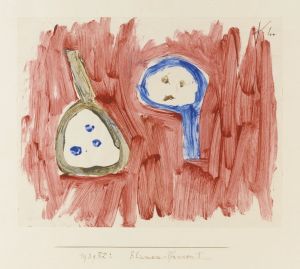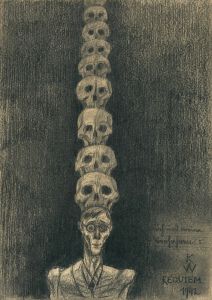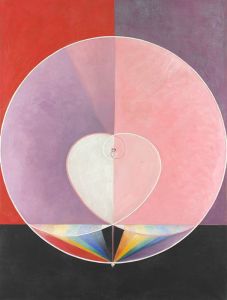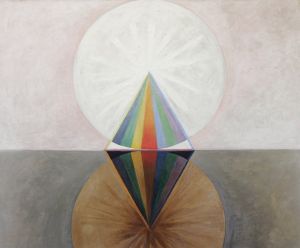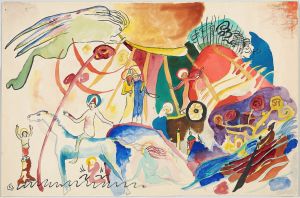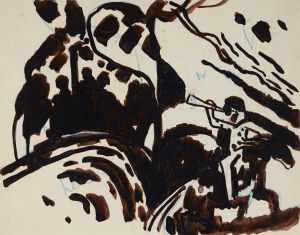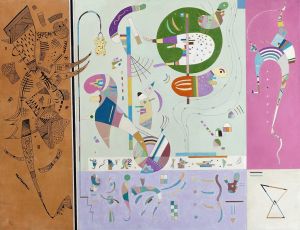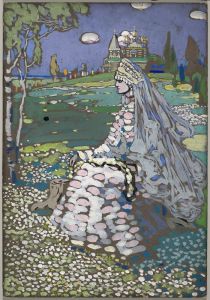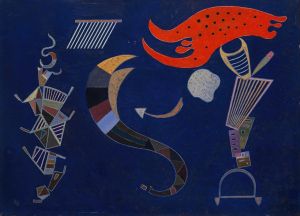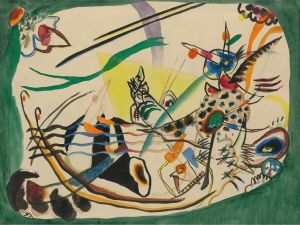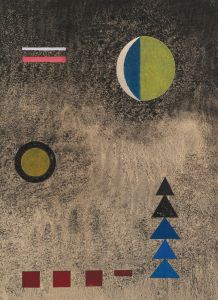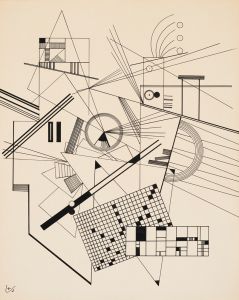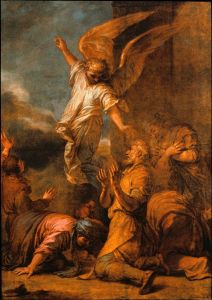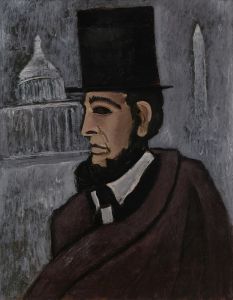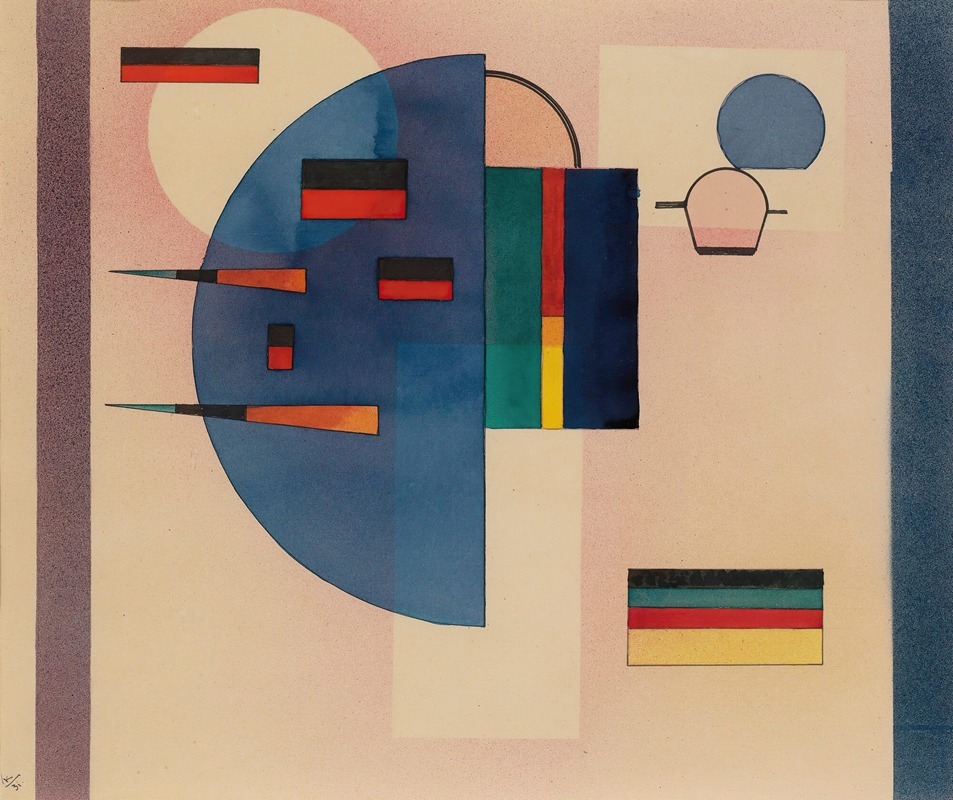
Beruhigt
A hand-painted replica of Wassily Kandinsky’s masterpiece Beruhigt, meticulously crafted by professional artists to capture the true essence of the original. Each piece is created with museum-quality canvas and rare mineral pigments, carefully painted by experienced artists with delicate brushstrokes and rich, layered colors to perfectly recreate the texture of the original artwork. Unlike machine-printed reproductions, this hand-painted version brings the painting to life, infused with the artist’s emotions and skill in every stroke. Whether for personal collection or home decoration, it instantly elevates the artistic atmosphere of any space.
"Beruhigt" is a painting by the Russian-born artist Wassily Kandinsky, who is widely recognized as a pioneer of abstract art. Kandinsky was born in Moscow in 1866 and later moved to Germany, where he became a key figure in the development of modern art in the early 20th century. His work is characterized by a bold use of color and form, often eschewing representational elements in favor of abstract compositions that convey emotion and spirituality.
The title "Beruhigt" translates to "Calmed" or "Reassured" in English, suggesting a sense of tranquility or peace. This painting is part of Kandinsky's exploration of the relationship between color, form, and emotion, a central theme in his artistic philosophy. Kandinsky believed that art should be a direct expression of the artist's inner life and that abstract forms and colors could evoke specific feelings and states of mind.
"Beruhigt" exemplifies Kandinsky's mature style, which he developed after his involvement with the Blaue Reiter (Blue Rider) group, an influential collective of artists that he co-founded in Munich in 1911. The Blaue Reiter group sought to transcend traditional artistic boundaries and explore new forms of expression, emphasizing the spiritual and symbolic aspects of art.
In "Beruhigt," Kandinsky employs a dynamic composition of geometric shapes and vibrant colors. The painting features a harmonious arrangement of lines, circles, and other abstract forms that interact in a balanced yet lively manner. The use of color is particularly significant, as Kandinsky believed that different colors could evoke specific emotions and sensations. For example, he often associated blue with spirituality and calmness, while yellow represented energy and warmth.
Kandinsky's theoretical writings, such as his seminal book "Concerning the Spiritual in Art" (1911), provide valuable insights into his artistic approach and the underlying principles of his work. In this text, he discusses the psychological and emotional impact of colors and forms, arguing that abstract art can communicate deeper truths and universal experiences.
"Beruhigt" reflects Kandinsky's commitment to these ideas, as the painting's abstract elements are carefully orchestrated to create a sense of balance and serenity. The interplay of shapes and colors invites viewers to engage with the work on an intuitive level, allowing them to experience the emotional resonance that Kandinsky sought to convey.
This painting is part of Kandinsky's broader body of work, which includes numerous other abstract compositions that explore similar themes. His contributions to the development of abstract art have had a lasting impact on the art world, influencing subsequent generations of artists and shaping the course of modern art.
Today, "Beruhigt" is held in high regard as an example of Kandinsky's innovative approach to painting. It continues to be studied and appreciated for its aesthetic qualities and its role in the evolution of abstract art. As with many of Kandinsky's works, "Beruhigt" invites viewers to look beyond the surface and connect with the deeper emotional and spiritual dimensions of the artwork.





